|
New research suggests using big data, particularly social media data, can lead to a biased representation of the data based on societal factors. Striking new research out of Princeton University’s Center for Information Technology Policy and the University of North Carolina at Chapel Hill suggests that inferences based on how people use social media platforms like Twitter and Facebook should be reconsidered. The reason? These platforms represent skewed samples from which it is difficult to draw accurate conclusions. [ Thank you MIT Sloan Management Review] [ By Renee Boucher Ferguson | 07.17.13 ] In her draft paper, Big Data: Pitfalls, Methods and Concepts for an Emergent Field, UNC professor and Princeton CITP fellow Zeynep Tufekci (@zeynep) compares the methodological challenges of developing socially-based big data insights using Twitter to biological testing on Drosophila flies, better known as fruit flies. Drosophila flies are usually chosen because they’re relatively easy to use in lab settings, easy to breed, have rapid and “stereotypical” life cycles, and the adults are pretty small. The problem? They’re not necessarily representative of non-lab (read: real-life) scenarios. Tufekci posits that the dominance of Twitter as the “model organism” for social media in big data analyses similarly skews analysis: Each social media platform carries with it certain affordances which structure its social norms and interactions and may not be representative of other social media platforms, or general human social behavior …
0 Comments
My mom Pierrette Mora is a painter in Rennes, Brittany, France.
Pro site: http://www.pierrettemora.fr Pro Board: http://pinterest.com/philippemora/sarturday-by-pierrette-mora/ Flexible electronic devices could enable new types of applications in a wide range of contexts, from medicine to general purpose computing: researchers unveil one of the most complex electronic systems ever built on plastic.
[Thank You MIT Technology Review] [By Mike Orcutt | 07.21.13] A sheet of thin plastic that emits light with an intensity that precisely reflects the amount of pressure applied to its surface hints at a new breed of flexible computer interface. Its creators say future iterations of the interface could be used for robotics, car dashboards, mobile displays, or even “interactive wallpaper.” Described today in Nature Materials, the new light-emitting “electronic skin,” as its inventors call it, is an extension of previous work from the lab of Ali Javey, a professor of electrical engineering and computer science at the University of California, Berkeley. Javey’s group has developed processes that draw heavily on traditional silicon manufacturing techniques to uniformly and reliably integrate various organic and inorganic components on top of plastic. In recent years, there have been an increasing number of efforts to make electronic devices on surfaces less rigid than the silicon wafers used in traditional manufacturing. Flexible, bendable electronics would open the door to a multitude of new applications, from medical sensors that wrap around organs to foldable displays. Certain plastics can serve as substrates for electronic systems, but reliably fabricating complicated circuits on plastic has been a challenge. The team previously demonstrated a network of high-resolution pressure sensors made of nanowires arrayed on a relatively large area of plastic, which produced an electronic readout of pressure applied to the surface. The aim of the new work, says Javey, was to make a pressure sensor array that could directly interact with humans. Cyberattacks on medical devices: computer Connecting hospital systems and devices to the Internet allows doctors to remotely study a patient’s scans and computers to quickly share patient information. But it also creates new entry points where computer viruses can prey on electronic systems.
[Reproduced from Scientific American] A New Cyber Concern: Hack Attacks on Medical Devices [By Dina Fine Maron | 06.25.2013] Computer viruses do not discriminate. Malware prowling the cybersphere for bank information and passwords does not distinguish between a home computer or a hospital machine delivering therapy to a patient. Even if a radiation therapy machine, say, is infiltrated unintentionally, malware could theoretically cause radiation doses to spike. Medical device-makers need to protect their products from cyber attack, according to recent draft guidance the U.S. Food and Drug Administration. The FDA calls for medical device manufacturers to consider the vulnerabilities that crop up when medical devices are designed to be more thoroughly integrated into networks and connected to the Internet. It asks manufacturers to draw up security plans to protect systems from malware before submitting plans for market approval. The agency also prodded hospitals to step up future reporting of any cyber attacks. In a recent alert the U.S. Department of Homeland Security highlighted one weakness affecting approximately 300 medical devices, including drug infusion pumps, ventilators and external defibrillators. It warns that hard-coded passwords that normally allow service technicians to gain access to myriad machines could be used to make nefarious changes if they fall into the wrong hands. “We are aware of hundreds of devices involving dozens of manufacturers that have been affected by cyber security vulnerabilities or incidents,” says William Maisel, senior official at the FDA’s Center for Devices and Radiological Health. In none of these cases were specific devices or hospitals targeted nor did cyber attacks result in patient harm, at least that the FDA is aware of. A range of medical devices run on standard software such as Windows XP and are vulnerable to common viruses that plague home and office computers. Because the number of events is on the rise, Maisel says, the FDA decided it was time to issue formal guidance about the need to act. |
head of product in colorado. travel 🚀 work 🌵 food 🍔 rocky mountains, tech and dogs 🐾Categories
All
|
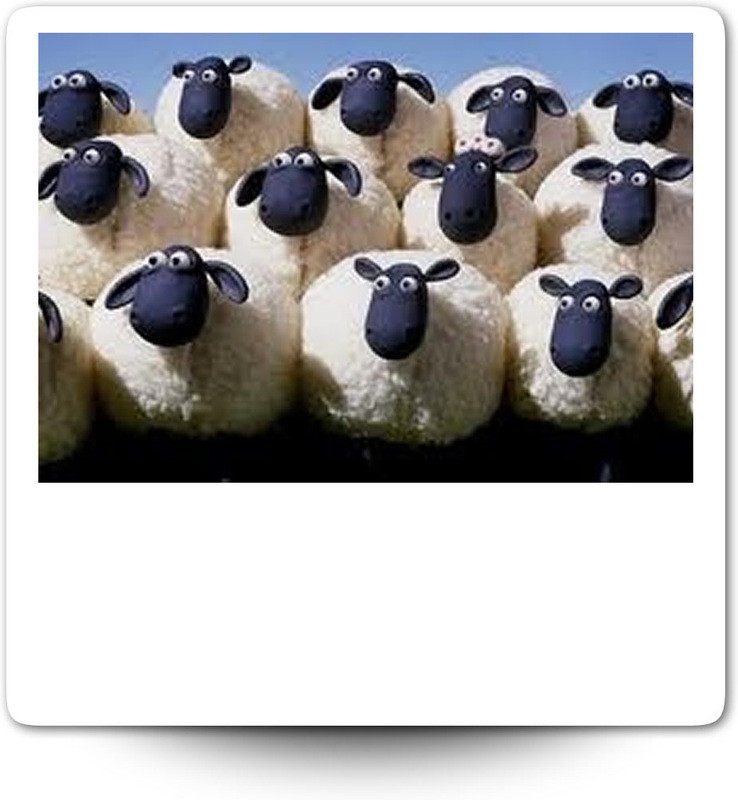






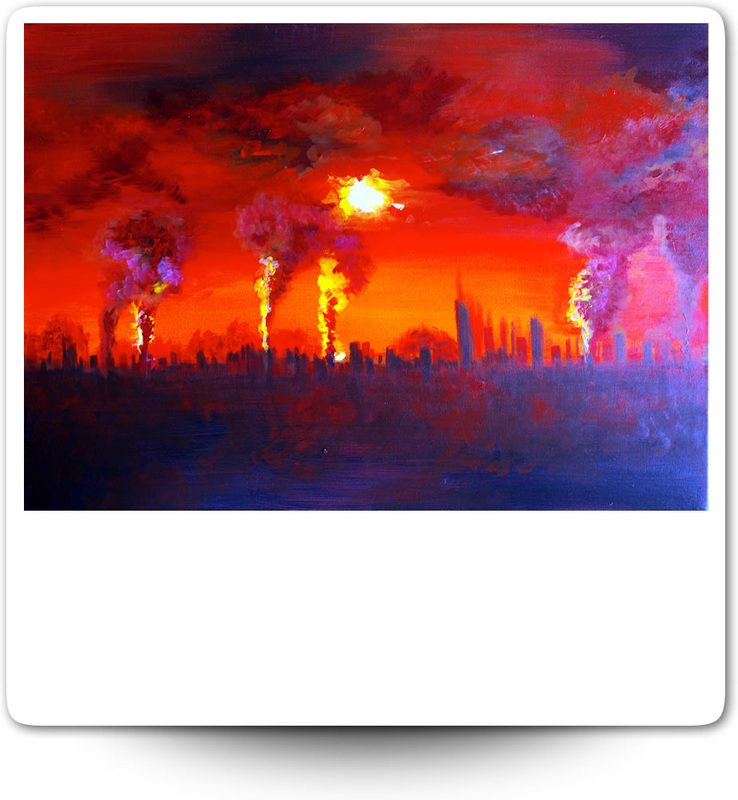

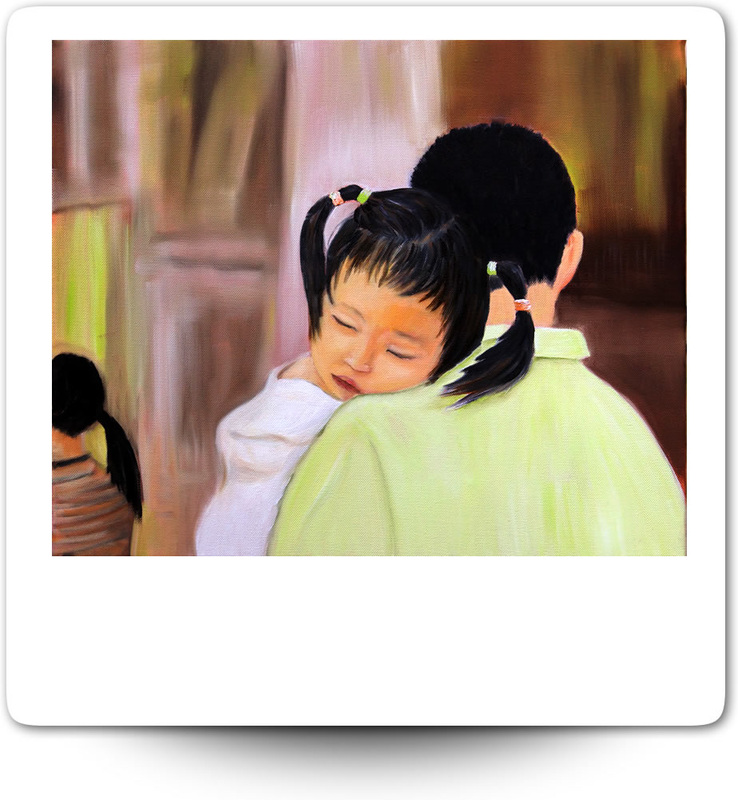







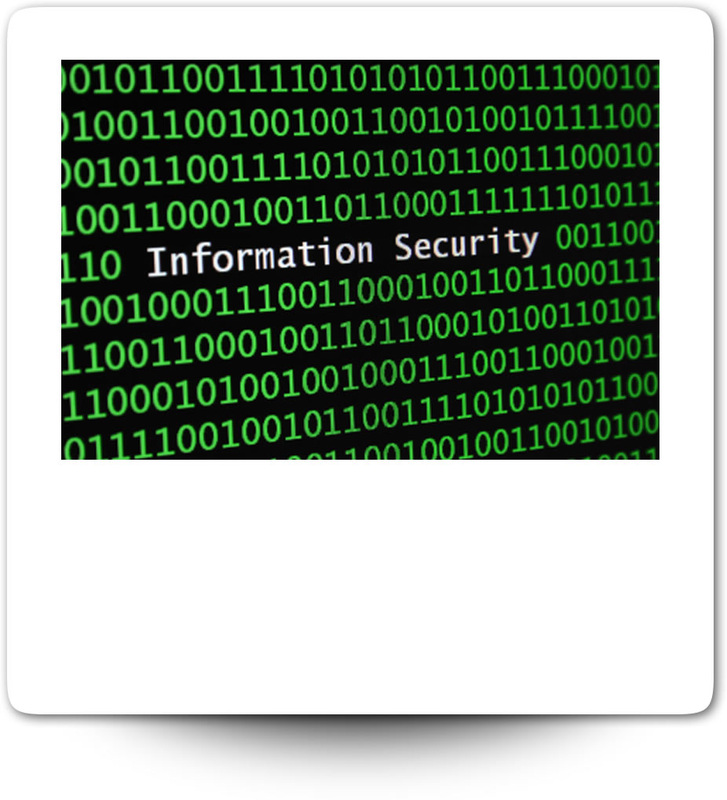
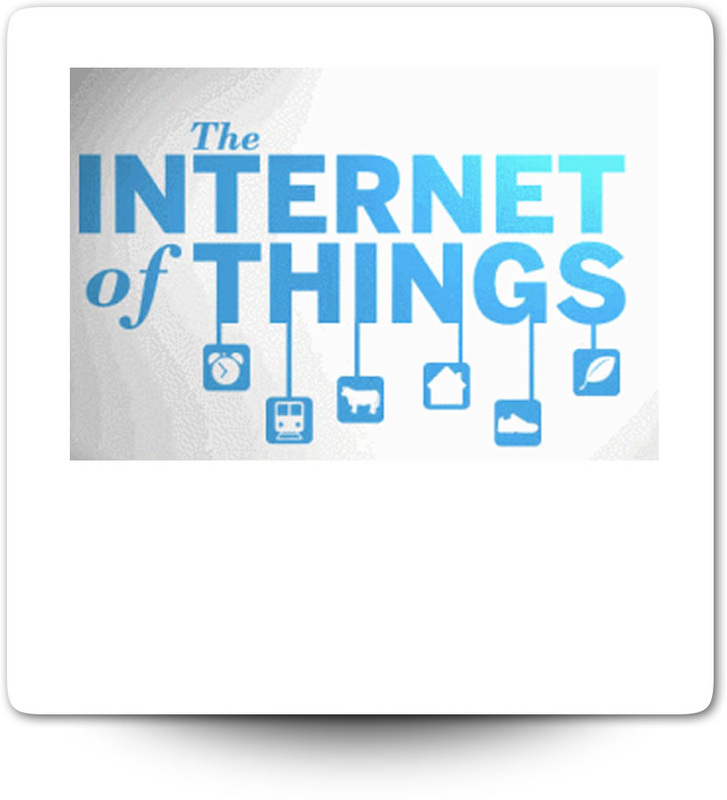


 RSS Feed
RSS Feed